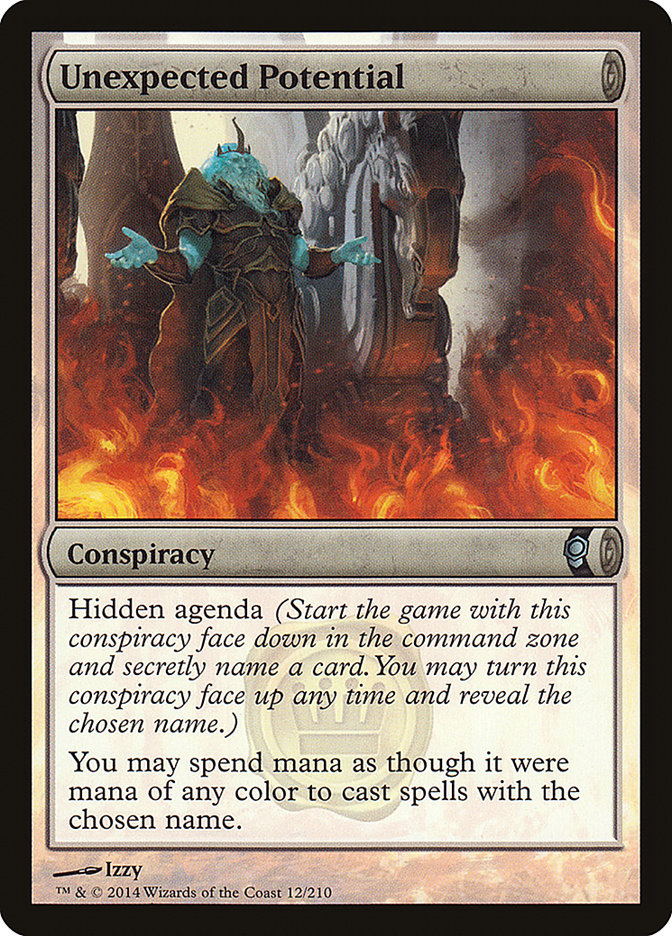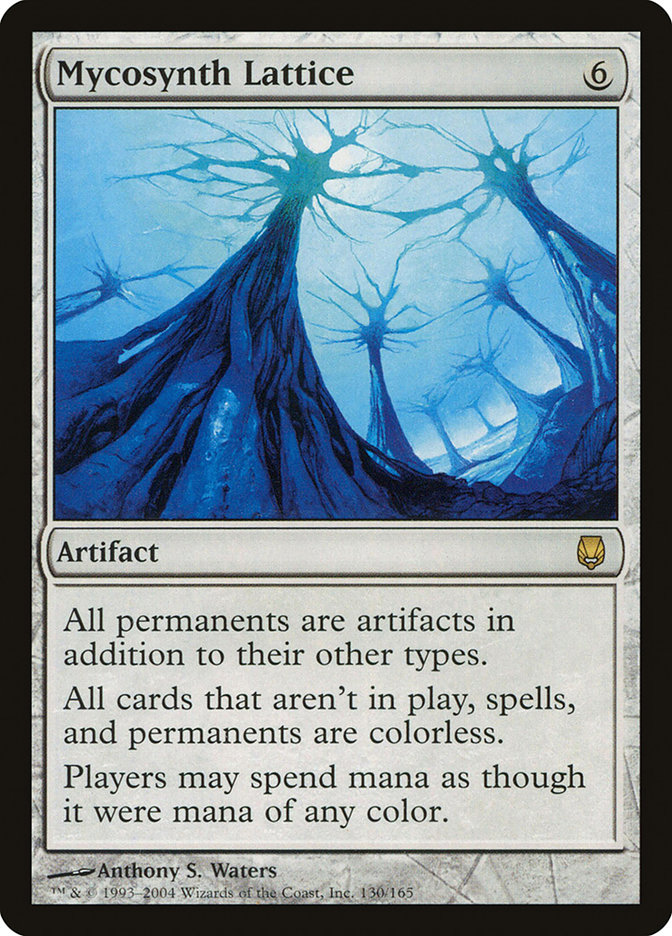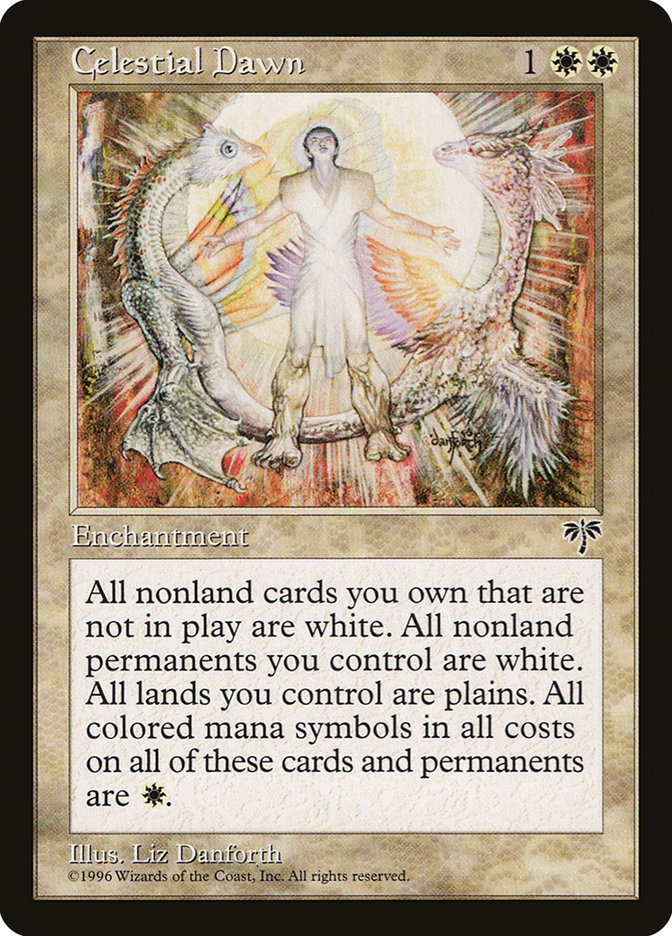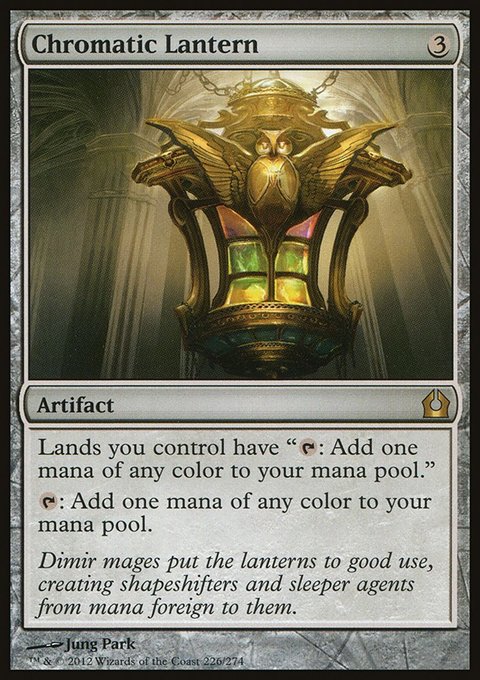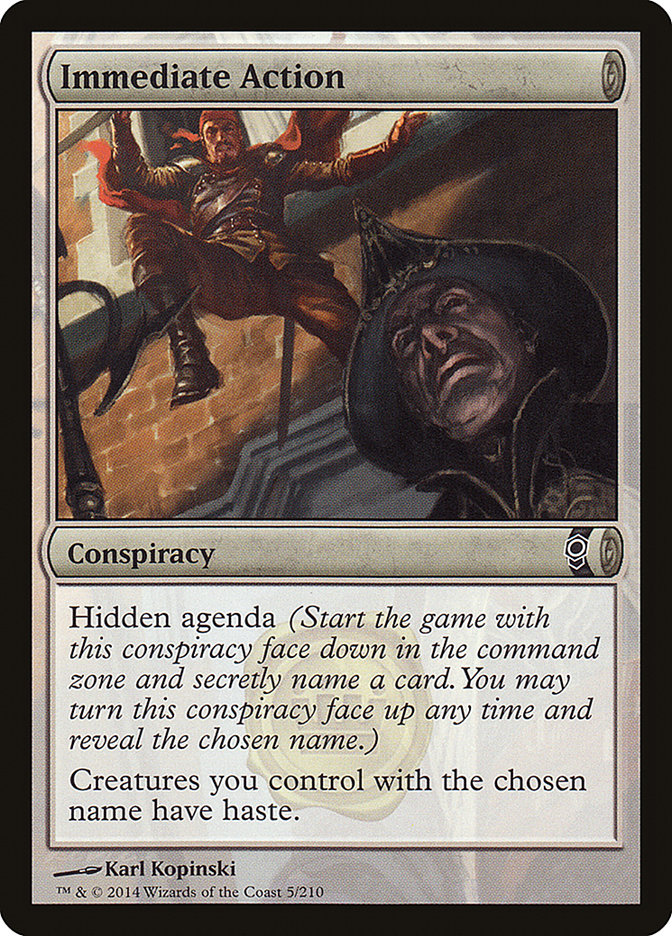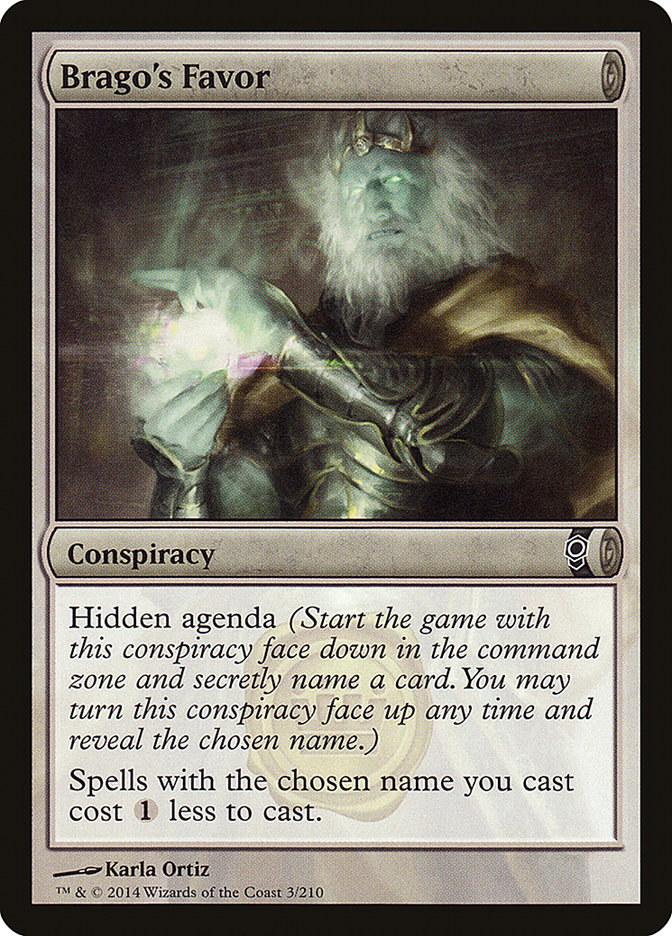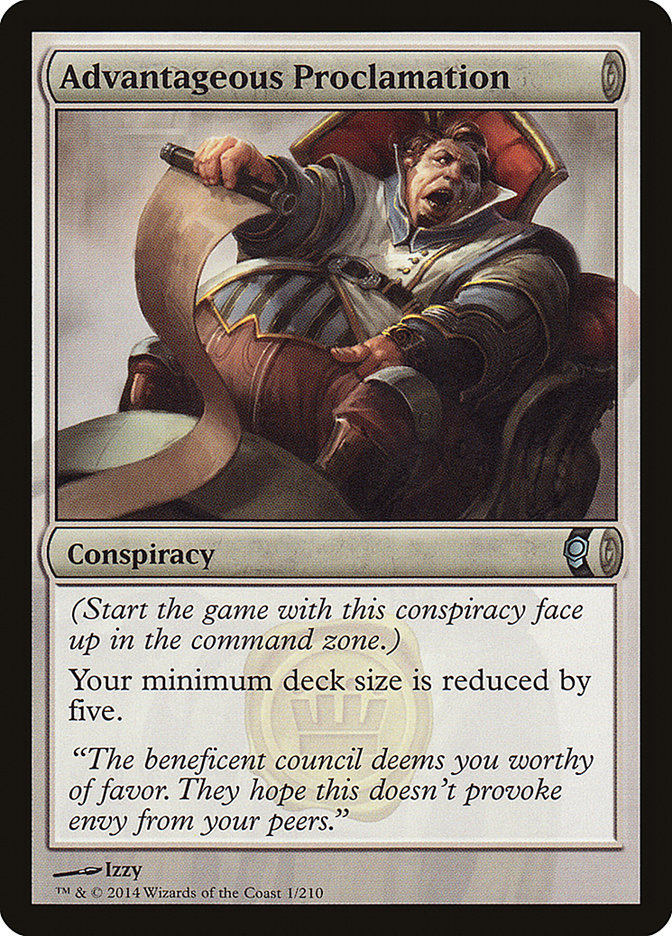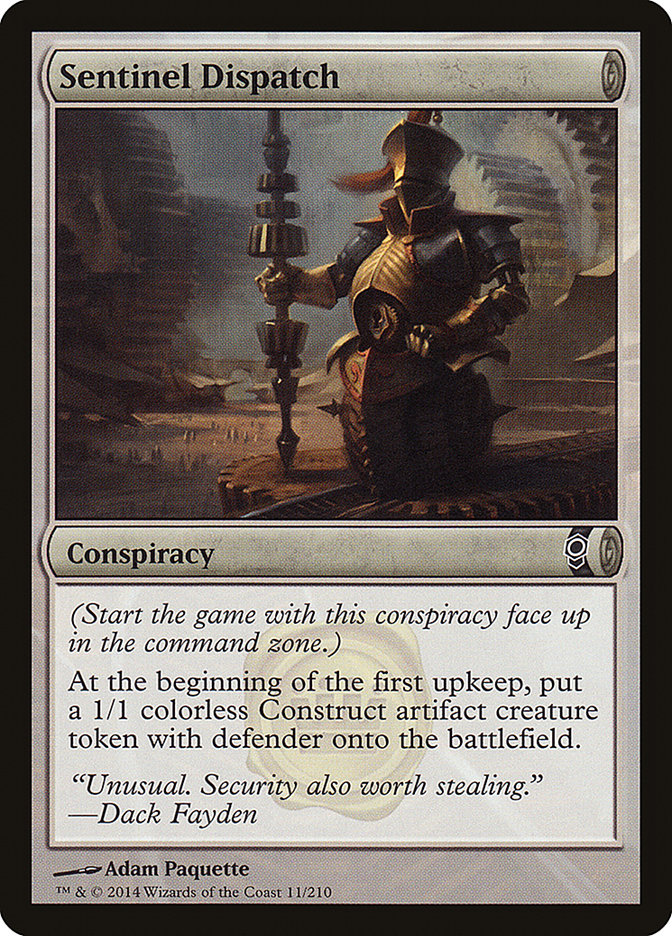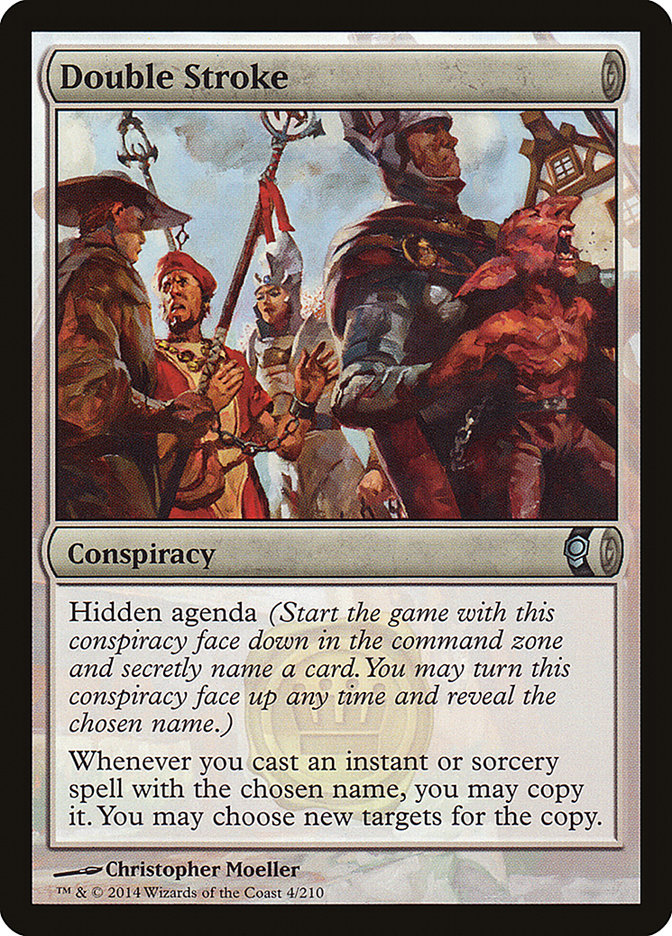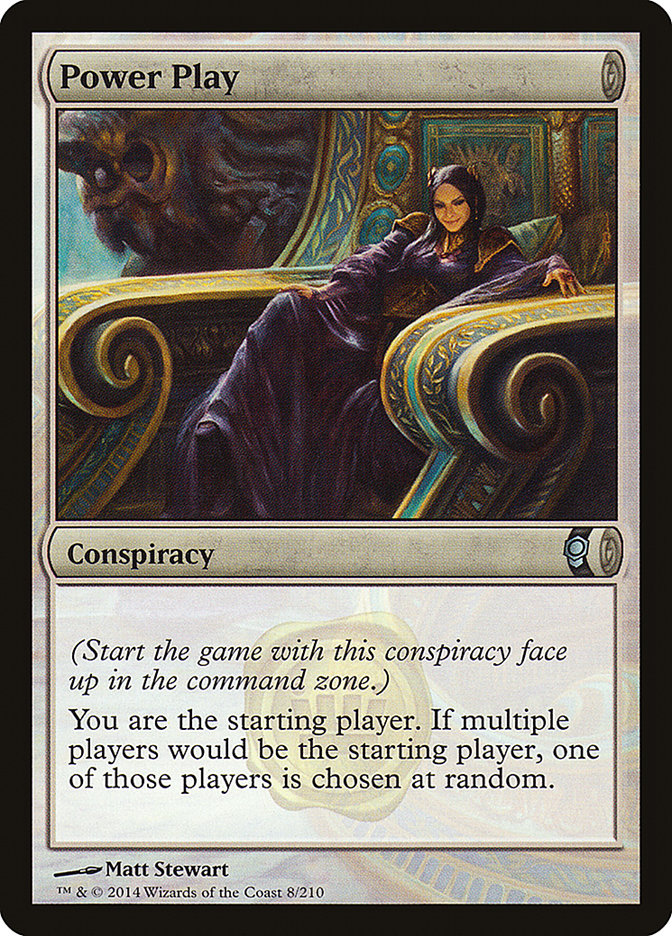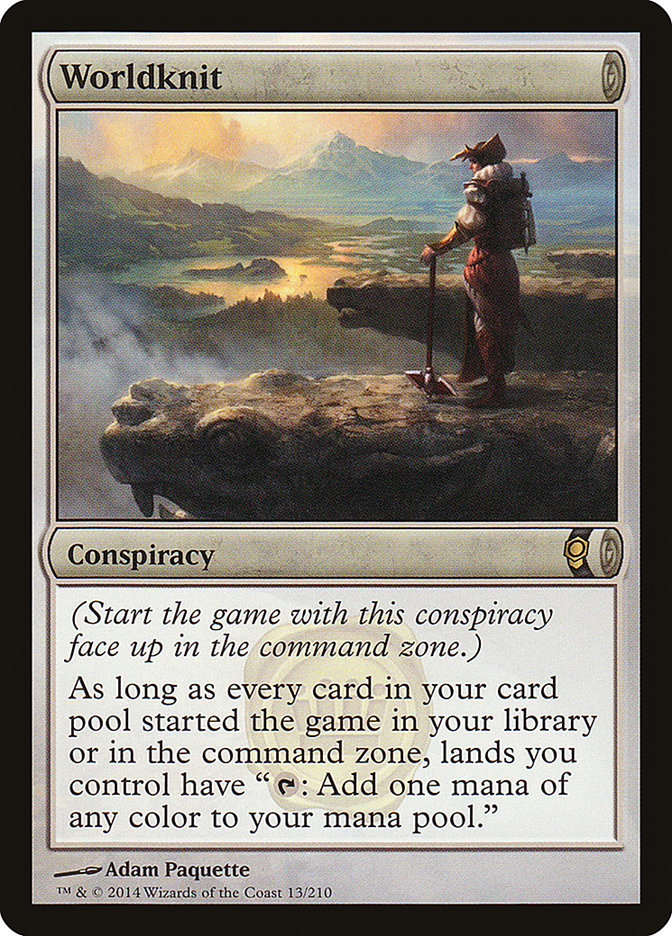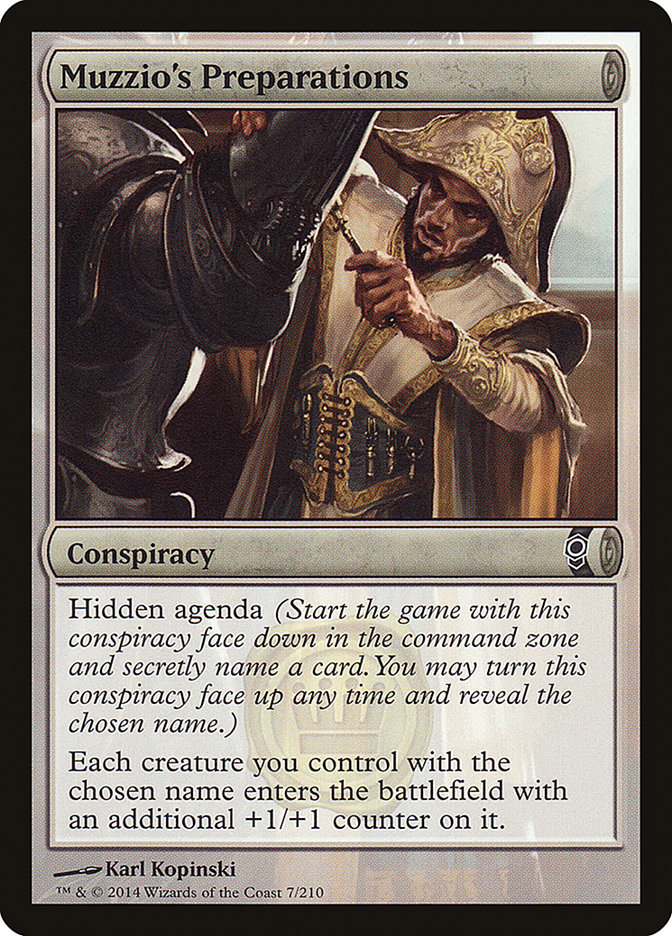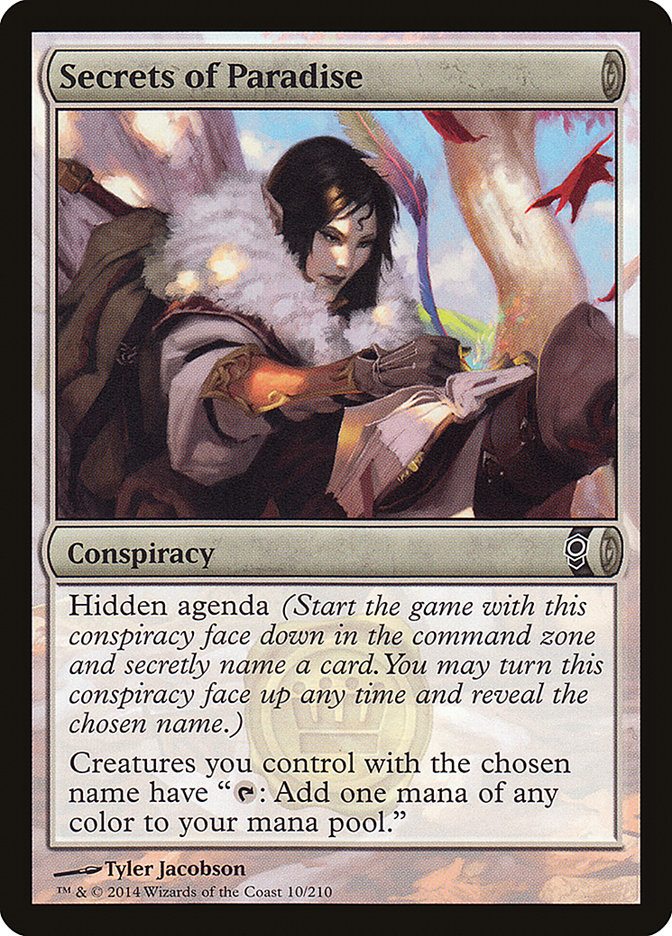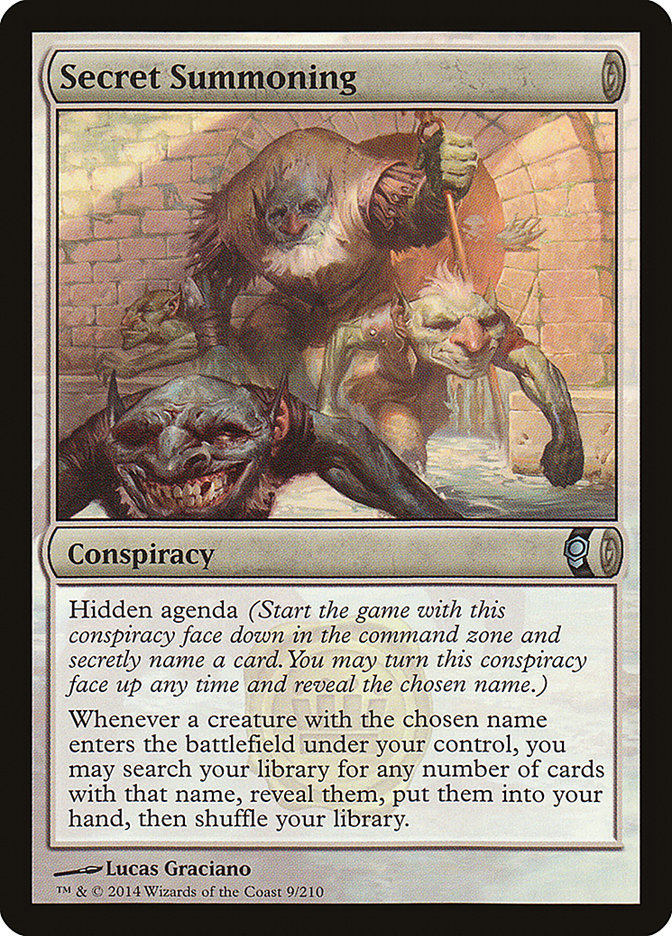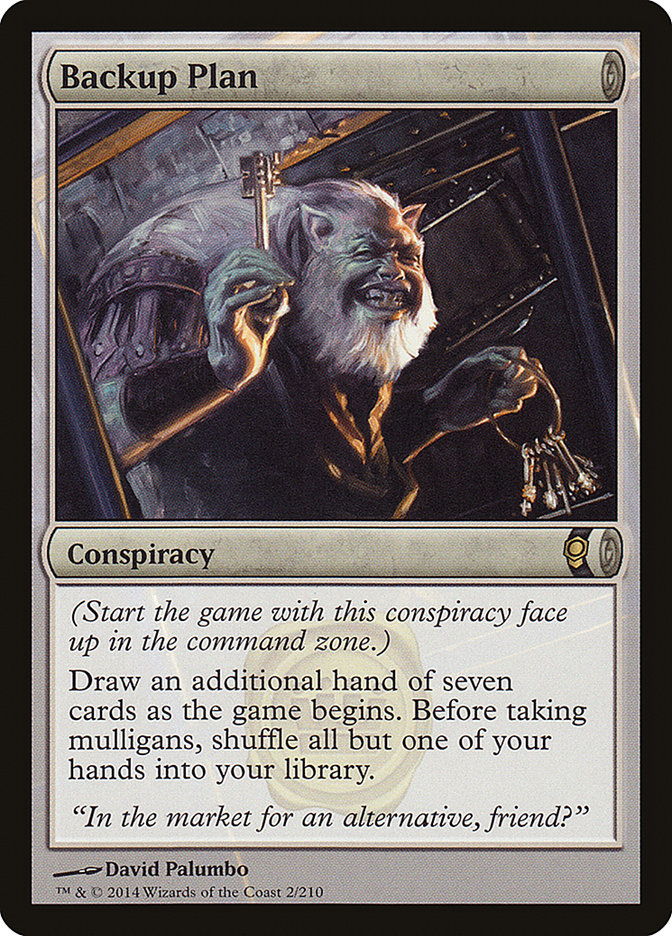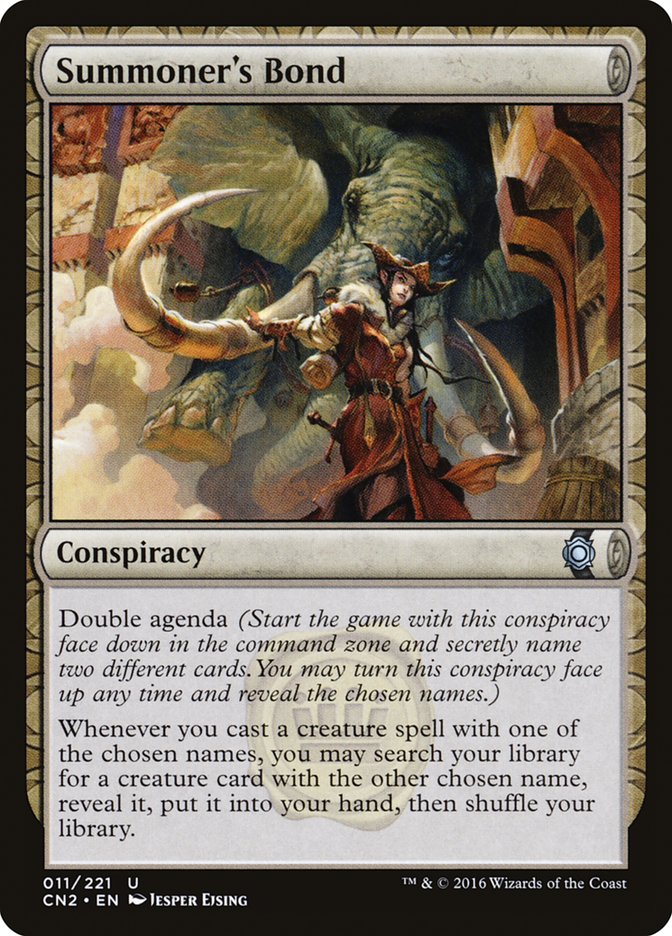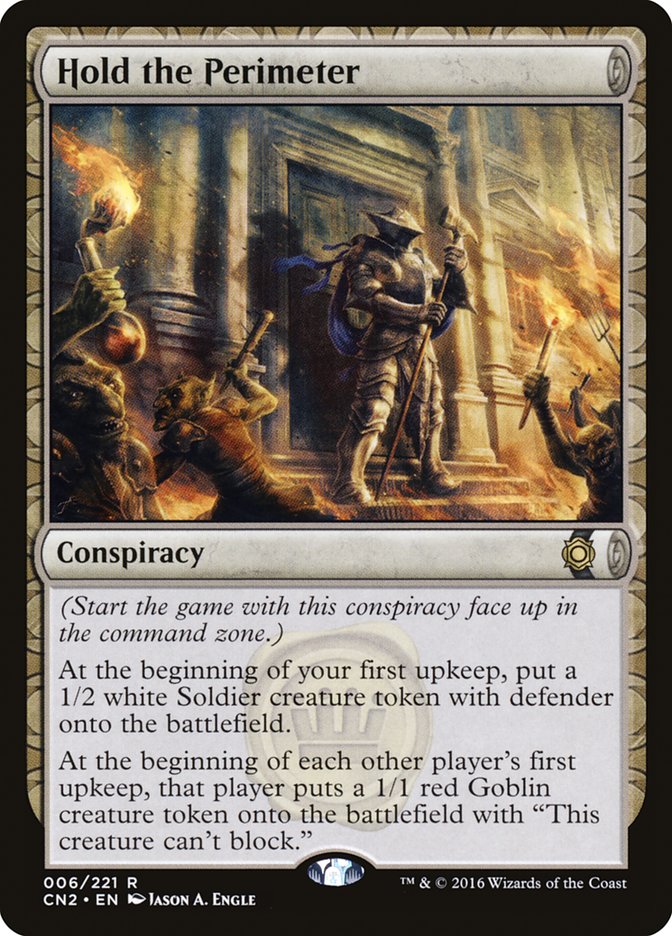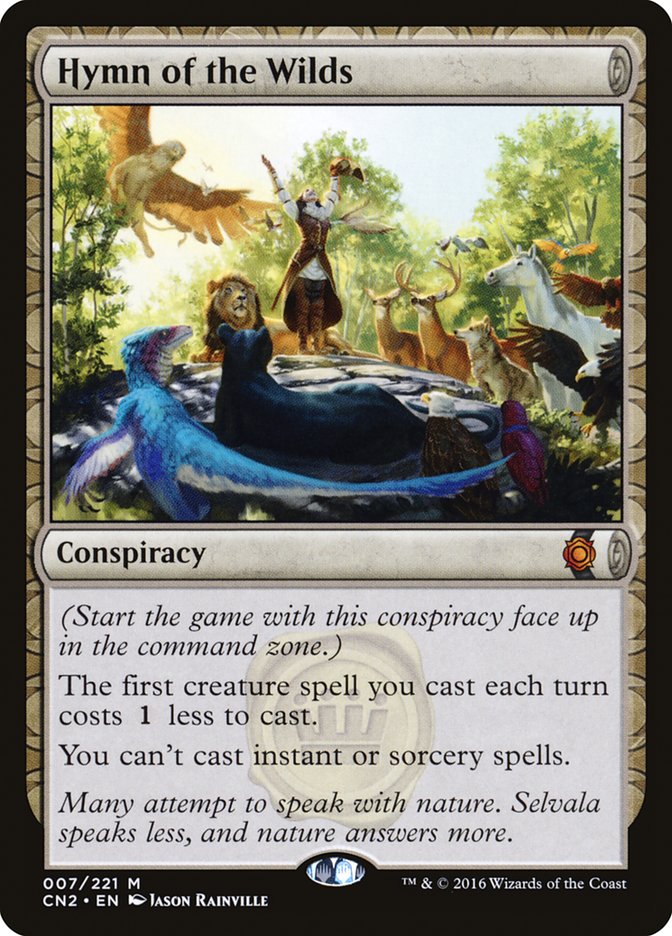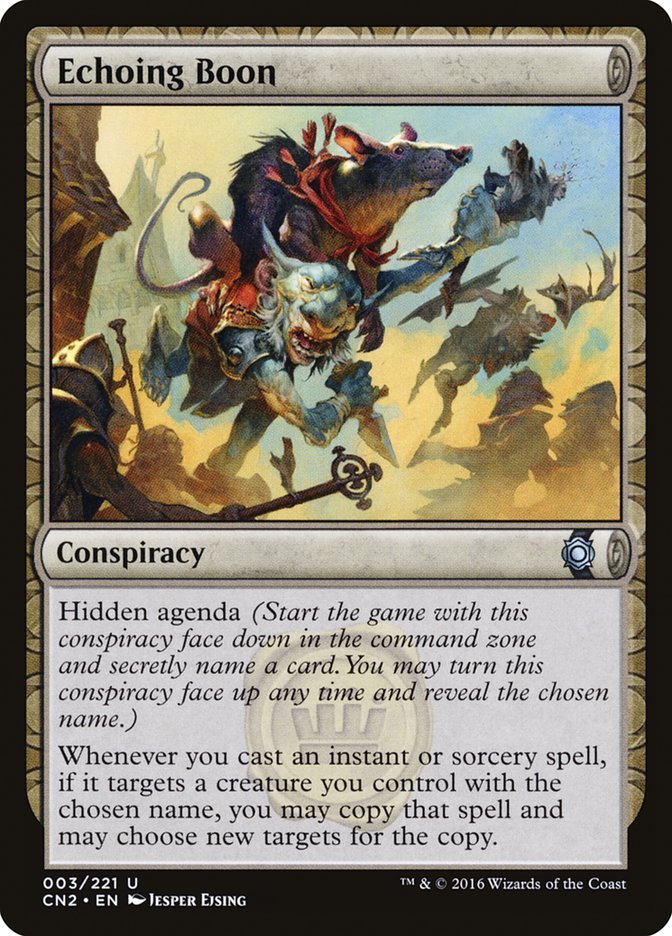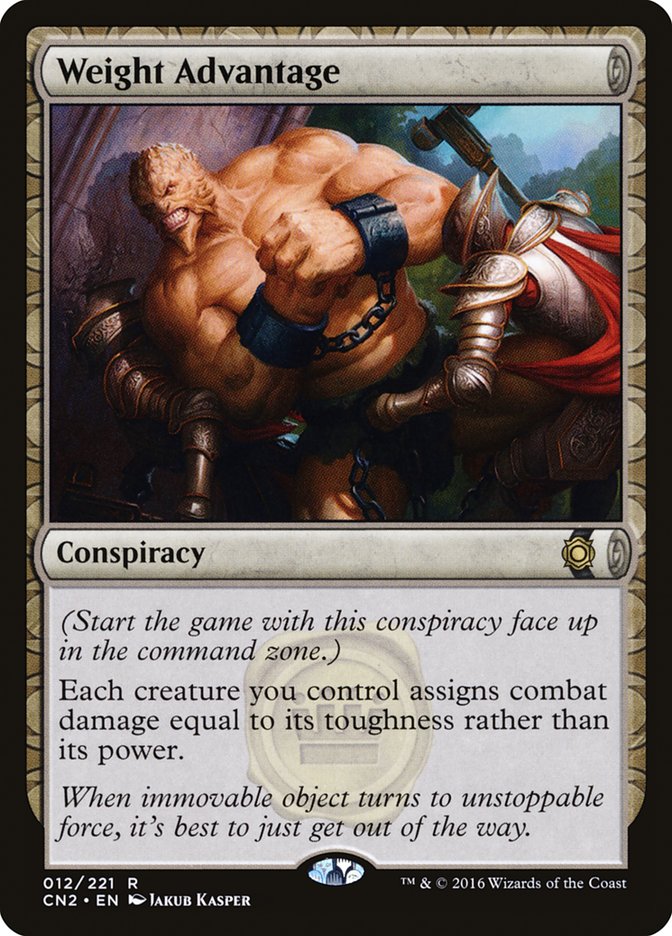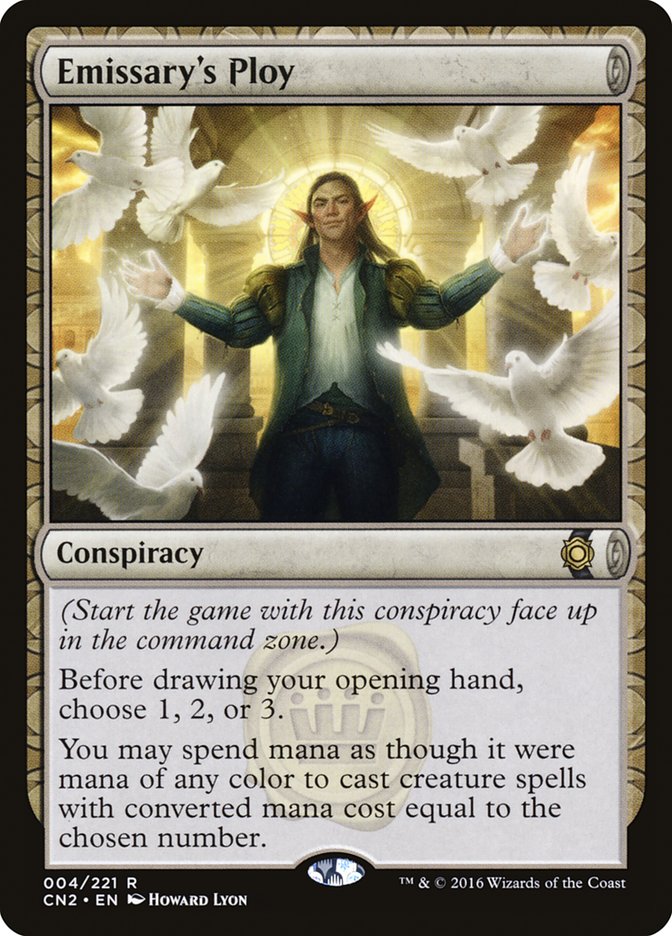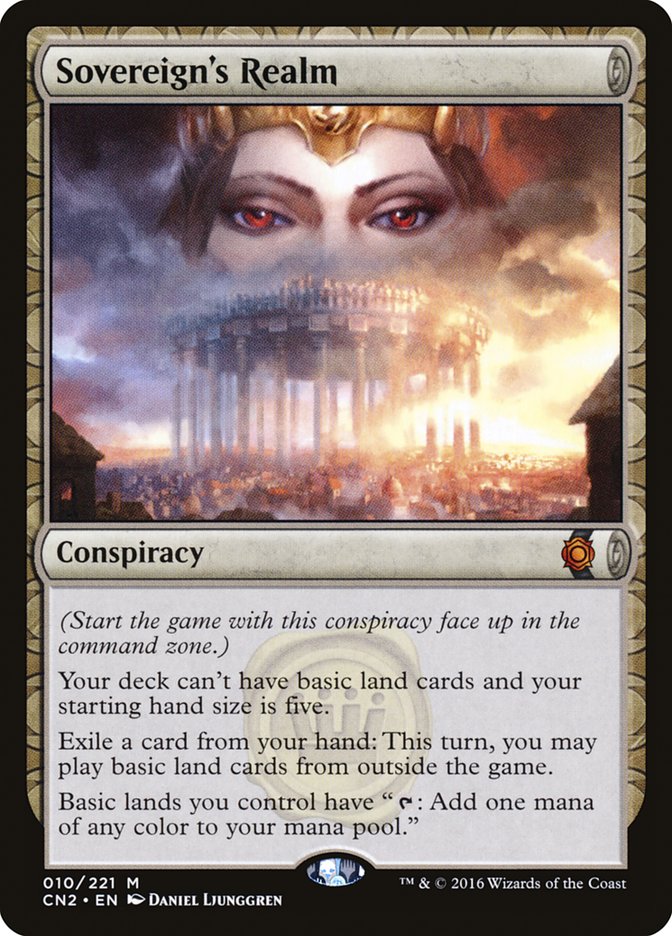Unexpected Potential MTG Card
| Rarity | Uncommon |
| Type | Conspiracy |
| Abilities | Hidden agenda |
| Released | 2014-06-06 |
| Set symbol | |
| Set name | Conspiracy |
| Set code | CNS |
| Number | 12 |
| Frame | 2003 |
| Layout | Normal |
| Border | Black |
| Illustred by | Izzy |
Text of card
Hidden agenda (Start the game with this conspiracy face down in the command zone and secretly name a card. You may turn this conspiracy face up any time and reveal the chosen name.) You may spend mana as though it were mana of any color to cast spells with the chosen name.
Cards like Unexpected Potential
Unexpected Potential is another intriguing card within the Magic: The Gathering realm, noted for its ability to expand your deck’s color identity. It’s often compared to cards like Mycosynth Lattice, which also alters game mechanics by allowing you to spend mana as though it were mana of any color. However, Unexpected Potential is unique in that it specifically allows you to cast a single spell outside of your commander’s color identity without paying its mana cost—a trait not shared by Mycosynth Lattice.
Then there’s Celestial Dawn, which for a time can make all your mana sources produce white mana, somewhat similar to Expected Potential’s mana flexibility, albeit more restrictive in color. And Chromatic Lantern, a card that grants your lands the ability to produce any color of mana, closely aligns with the broad mana utility Unexpected Potential offers, yet, does so in a non-selective manner for all spells.
Assessing their utility and versatility in the MTG multiverse, Unexpected Potential stands out for those adept in leveraging its bespoke advantage in commander decks, often leading to tactical surprises and dynamic play. It exemplifies a unique design that rewards strategic deck building and creates new possibilities in gameplay.
Cards similar to Unexpected Potential by color, type and mana cost
Card Pros
Card Advantage: Opening up possibilities for unexpected twists in the game, Unexpected Potential allows players to utilize cards outside their deck’s color identity. This not only offers a strategic advantage but also broadens the horizon for deck diversity and game plans. By granting access to otherwise unplayable spells, it significantly ramps up your options and keeps opponents guessing.
Resource Acceleration: The real strength of Unexpected Potential lies in its ability to catalyze resource acceleration. This card can change the tide by permitting investment in powerful spells from any part of the color pie. This tactic can lead to a heavier presence on the board much faster than usual, putting pressure on your adversaries and paving the way for unexpected victories.
Instant Speed: The flexibility of casting spells at instant speed cannot be overstressed in MTG. The tactical advantage provided by Unexpected Potential at instant speed is immense, allowing for reactionary plays that can disrupt other players during crucial moments or end steps. Consequently, this keeps your strategies veiled and your opponents tentative, potentially misguiding them into suboptimal plays.
Card Cons
Discard Requirement: The playability of Unexpected Potential hinges on its discard clause. For decks that don’t inherently benefit from discarding, this prerequisite can lead to unfavorable trade-offs, depleting your hand just to leverage the card’s effect.
Specific Mana Cost: The effectiveness of Unexpected Potential is tailored for decks that can produce or adapt to multicolor mana requirements. Limited to a particular mana combination, this card might not fit seamlessly into mono-color or certain two-color strategies, reducing its versatility.
Comparatively High Mana Cost: Weighing the cost against the potential benefits, Unexpected Potential settles at a higher mana threshold. In fast-paced games or against agile opponents, investing four mana in a card that might not provide immediate impact can position players at a disadvantage compared to lower-cost alternatives that offer similar or faster advantages.
Reasons to Include in Your Collection
Versatility: Unexpected Potential offers a broad range of applications in various deck archetypes. It can seamlessly integrate into strategies that rely on surprise plays or want to exploit the full capabilities of individual cards.
Combo Potential: This card opens the door to numerous combo opportunities, as it can synergize with a vast array of mechanics. It can act as the linchpin in an intricate series of plays, leading to satisfying and game-changing outcomes.
Meta-Relevance: Given its ability to adapt to diverse situations, Unexpected Potential can be particularly effective against a shifting meta. As the competitive environment evolves, this card can continuously find new ways to assert its presence and effectiveness on the battlefield.
How to beat
The card Unexpected Potential in the world of Magic: The Gathering opens up a realm of possibilities for deck builders and players alike. This particular card allows you to choose a nonland card from outside the game, reveal it, and note its card type. During the game, you can spend mana as though it were mana of any color to cast spells of the noted card type. This flexibility means it can seamlessly integrate into various strategies and color schemes.
To effectively counteract Unexpected Potential, it’s essential to deploy disruption tactics. Cards that restrict mana abilities or casting spells with altered mana requirements can hamstring the advantage Unexpected Potential offers. Hand disruption is also a powerful tool against it. By using spells that force your opponent to discard, you limit their ability to capitalize on the flexibility that Unexpected Potential provides. Ultimately, preventing your opponent from fully utilizing the diversity of their mana base can be key in overcoming the synergies that this card attempts to enhance.
Surveillance of your opponent’s card types and potential combinations can give you a strategic edge. Knowing how to stifle these combos before they come online is crucial in maintaining control of the game. In the dynamic landscape of Magic: The Gathering, understanding and anticipating the unexpected potential of your adversary’s deck can be just as important as recognizing the power within your own.
Where to buy
If you're looking to purchase Unexpected Potential MTG card by a specific set like Conspiracy, there are several reliable options to consider. One of the primary sources is your local game store, where you can often find booster packs, individual cards, and preconstructed decks from current and some past sets. They often offer the added benefit of a community where you can trade with other players.
For a broader inventory, particularly of older sets, online marketplaces like TCGPlayer, Card Kingdom and Card Market offer extensive selections and allow you to search for cards from specific sets. Larger e-commerce platforms like eBay and Amazon also have listings from various sellers, which can be a good place to look for sealed product and rare finds.
Additionally, Magic’s official site often has a store locator and retailer lists for finding Wizards of the Coast licensed products. Remember to check for authenticity and the condition of the cards when purchasing, especially from individual sellers on larger marketplaces.
Below is a list of some store websites where you can buy the Unexpected Potential and other MTG cards:
 BUY NOW
BUY NOW BurnMana is an official partner of TCGPlayer
- eBay
- Card Kingdom
- Card Market
- Star City Games
- CoolStuffInc
- MTG Mint Card
- Hareruya
- Troll and Toad
- ABU Games
- Card Hoarder Magic Online
- MTGO Traders Magic Online
See MTG Products
Legalities
Magic the Gathering formats where Unexpected Potential has restrictions
| Format | Legality |
|---|---|
| Commander | Banned |
| Legacy | Banned |
| Oathbreaker | Banned |
| Vintage | Banned |
| Duel | Banned |
Rules and information
The reference guide for Magic: The Gathering Unexpected Potential card rulings provides official rulings, any errata issued, as well as a record of all the functional modifications that have occurred.
| Date | Text |
|---|---|
| 2016-08-23 | A conspiracy doesn’t count as a card in your deck for purposes of meeting minimum deck size requirements. (In most drafts, the minimum deck size is 40 cards.) |
| 2016-08-23 | A conspiracy with hidden agenda that has a triggered ability must be face up before that ability’s trigger condition is met in order for it to trigger. Turning it face up afterward won’t have any effect. |
| 2016-08-23 | A conspiracy’s static and triggered abilities function as long as that conspiracy is face-up in the command zone. |
| 2016-08-23 | As a special action, you may turn a face-down conspiracy face up. You may do so any time you have priority. This action doesn’t use the stack and can’t be responded to. Once face up, the named card is revealed and the conspiracy’s abilities will affect the game. |
| 2016-08-23 | At the end of the game, you must reveal any face-down conspiracies you own in the command zone to all players. |
| 2016-08-23 | At the end of the game, you must reveal any face-down conspiracies you own in the command zone to all players. Notably, you can’t bluff conspiracies with hidden agenda by putting other cards into the command zone face down as the game starts. |
| 2016-08-23 | Conspiracies are colorless, have no mana cost, and can’t be cast as spells. |
| 2016-08-23 | Conspiracies are never put into your deck. Instead, you put any number of conspiracies from your card pool into the command zone as the game begins. These conspiracies are face up unless they have hidden agenda, in which case they begin the game face down. |
| 2016-08-23 | Conspiracies aren’t legal for any sanctioned Constructed format, but may be included in other Limited formats, such as Cube Draft. |
| 2016-08-23 | If you play multiple games after the draft, you can name a different card in each new game. |
| 2016-08-23 | There are several ways to secretly name a card, including writing the name on a piece of paper that’s kept with the face-down conspiracy. If you have multiple face-down conspiracies, you may name a different card for each one. It’s important that each named card is clearly associated with only one of the conspiracies. |
| 2016-08-23 | You can look at any player’s face-up conspiracies at any time. You’ll also know how many face-down conspiracies a player has in the command zone, although you won’t know what they are. |
| 2016-08-23 | You don’t have to play with any conspiracy you draft. However, you have only one opportunity to put conspiracies into the command zone, as the game begins. You can’t put conspiracies into the command zone after this point. |
| 2016-08-23 | You must name a Magic card. Notably, you can’t name a token (except in the unusual case that a token’s name matches the name of a card, such as Illusion). |
| 2016-08-23 | You name the card as the game begins, as you put the conspiracy into the command zone, not as you turn the face-down conspiracy face up. |
